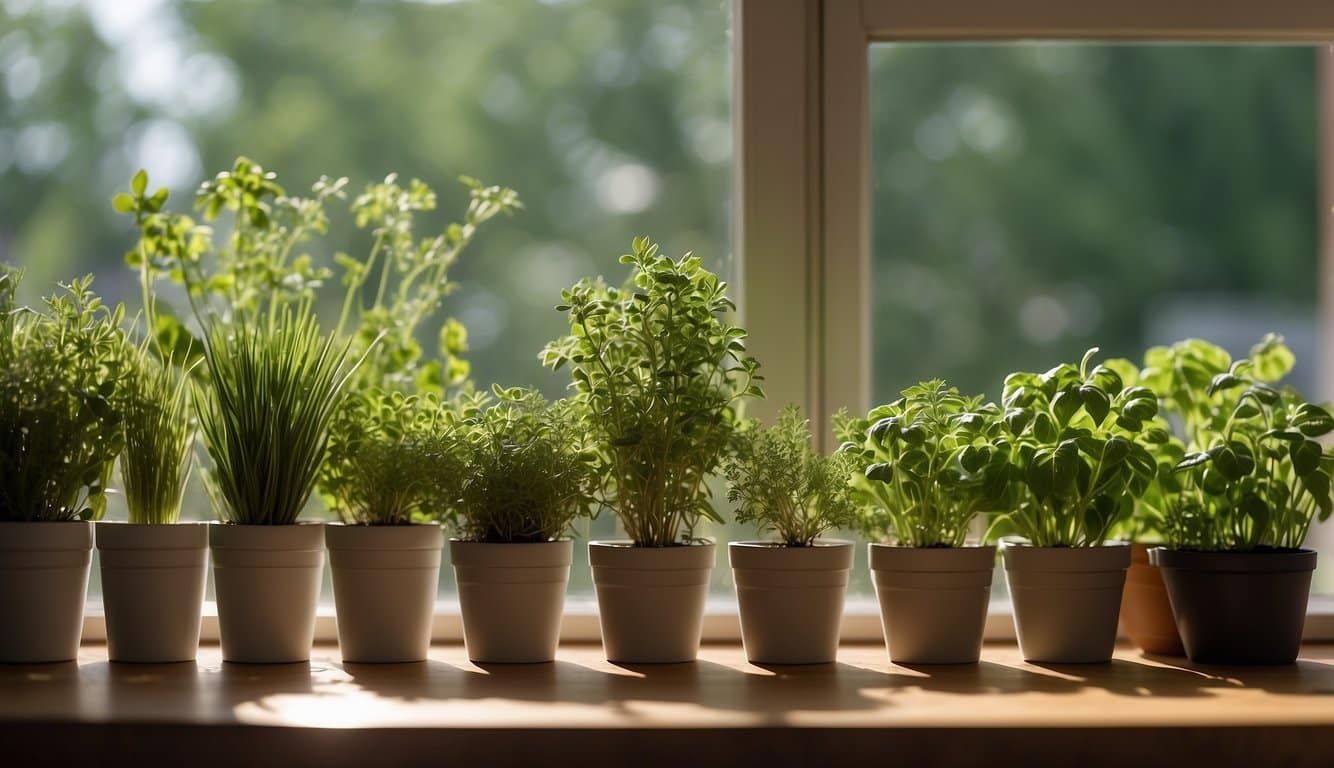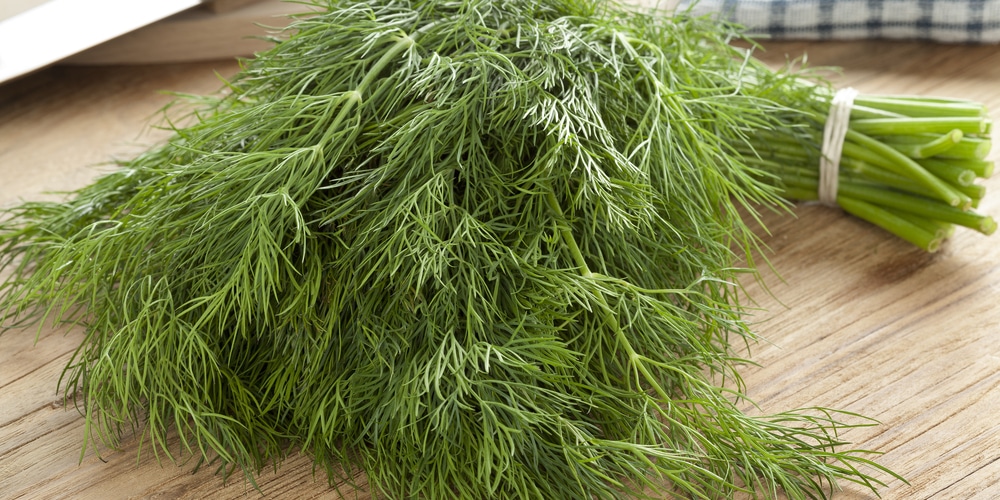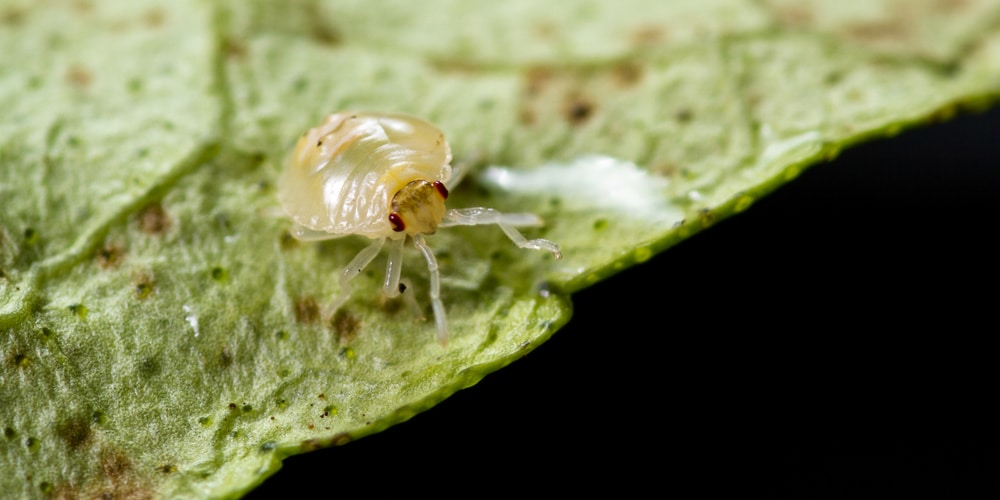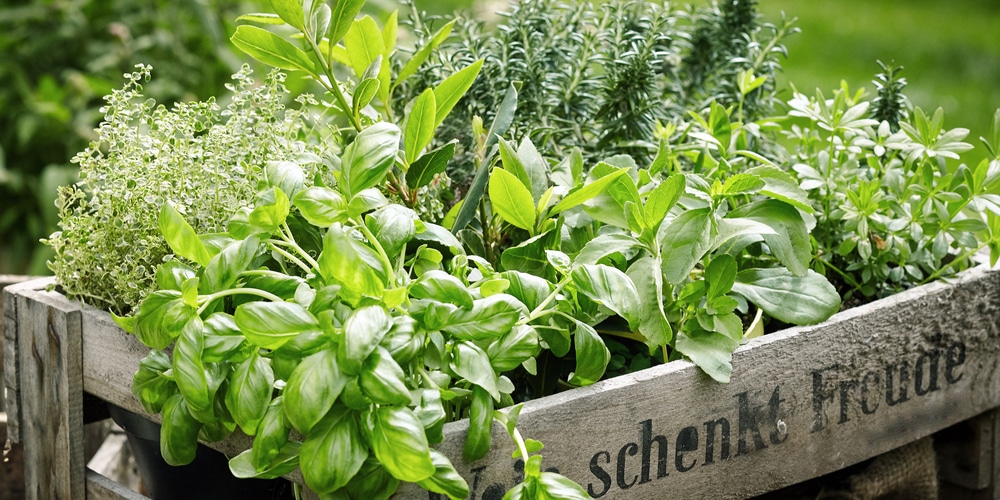Selecting Suitable Herbs for Illinois Climate
Before venturing into your garden endeavor, it’s essential to grasp how Illinois’ varied climate affects herb cultivation, and which herbs adapt best to its conditions.

Understanding Illinois Climate
Illinois’ climate is a mix of humid continental and humid subtropical, with cold winters, warm summers, and frequent short fluctuations in temperature, moisture, and wind direction.
Your kitchen garden must account for Zone 5 hardiness, where winters can be harsh, and summers often reach high temperatures.
The growing season is relatively long, from late April until October, but it’s crucial to plant at the right time to avoid frost damage in spring and to make sure your herbs complete their cycle before the first fall frost.
Herbs Best Suited for Variability
When tailoring your herb garden to Illinois’s climate, look for plants that tolerate a range of conditions. Here are some trusty picks:
- Basil thrives in the summer heat. Begin indoors and transplant after the last frost has passed.
- Cilantro prefers cooler temperatures; plant seeds every few weeks for a continuous supply.
- Dill grows well in moderate conditions; plant seeds directly in your garden.
- Garlic is a hardy choice; dedicate a spot where it can remain undisturbed year after year.
- Parsley can weather the variability; it’s a biennial, offering two years of harvest.
These herbs require full sun and well-drained soil, with cilantro and parsley tolerating partial shade. Each herb comes with its own planting tips for successful growth, so it’s advisable to dig into specific planting and care instructions once you’ve chosen your favorites.
Preparing the Kitchen Garden
Creating a successful kitchen garden starts with careful preparation. Your choices in location, soil management, and container gardening will set the foundation for a bountiful herb harvest.
Location and Sunlight
Choose a spot for your kitchen garden that receives at least 6 hours of full sun daily. A south-facing location is ideal as it provides ample sunlight throughout the growing season.
Soil Quality and Preparation
Ensure your soil is well-drained and rich in organic matter.
Here’s a quick guide to preparing your soil:
- Test the soil pH: Aim for a pH between 6.0 and 7.0.
- Amend the soil: Mix in compost or aged manure to improve fertility.
- Tillage: Loosen the soil to about 12 inches deep to ease root growth.
Container Gardening Considerations
If you lack space, herbs can thrive in containers. When choosing pots, remember:
- Drainage: Containers must have holes to avoid waterlogging.
- Size: Select pots that can accommodate the root size of your herbs.
- Select a high-quality potting mix over garden soil for container use.
Planting and Maintaining Herbs

Establishing the right environment and care routine is crucial for a thriving herb garden. Prioritizing planting times, understanding watering and fertilizing requirements, and adopting correct pruning and harvesting techniques are key to the health and productivity of your herbs.
Timing Planting for Optimal Growth
To maximize growth, plant annual herbs like basil and dill either by seeding directly into the garden after the last frost or by starting seeds indoors 6-8 weeks before the expected final frost date.
Perennial herbs, such as oregano and mint, are best planted as seedlings or rooted cuttings. Here’s a simplified table to guide you:
| Herb | Planting Method | Best Time to Plant |
|---|---|---|
| Basil | Seed or Seedling | After last frost |
| Dill | Seed | After last frost |
| Oregano | Seedling or Cutting | Spring or Fall |
| Mint | Seedling or Cutting | Spring or Fall |
| Cilantro | Seed | After last frost |
Watering and Fertilizing Procedures
Herbs prefer consistent moisture but don’t tolerate waterlogged roots well.
Water when the top inch of soil feels dry to the touch.
Use a balanced, organic fertilizer sparingly, as over-fertilizing can lead to lush foliage with diminished flavor.
A good rule of thumb is to fertilize once in mid-spring and again in early summer.
Pruning and Harvesting Practices
Regular pruning encourages fuller plants and higher yields.
For herbs like cilantro and basil, which are prone to bolting, snip off flower buds as they appear.
To harvest, cut the top third of the branches, which encourages new growth while allowing the plant to remain robust.
For the best flavor, harvest herbs in the morning when their oil content is highest.
Pest and Disease Management

When cultivating herbs in Illinois for your kitchen garden, it’s crucial to be vigilant about pests and diseases that can compromise plant health. Here’s how you can manage these issues effectively.
Common Pests:
- Aphids: These tiny insects cluster on new growth. Spray with water or use insecticidal soap.
- Spider Mites: Look for fine webs and leaf damage. Increase humidity or apply miticides if needed.
- Whiteflies: This pest excretes sticky honeydew. Introduce predatory insects or use sticky traps.
Preventative Measures:
- Rotate Crops: Avoid planting the same herb in the same spot year after year.
- Proper Spacing: Ensure adequate air circulation by not overcrowding your herbs.
- Healthy Soil: Enrich your soil with compost to promote robust plants.
Common Diseases:
- Powdery Mildew: A fungal issue manifesting as a white coating. Use a fungicide or a homemade solution of milk and water.
- Root Rot: Often a result of overwatering. Ensure well-draining soil and water judiciously.
| Disease/Pest | Symptoms | Management Strategy |
|---|---|---|
| Aphids | Stunted growth, deformed leaves | Insecticidal soap, strong water spray |
| Spider Mites | Yellowing leaves, fine webs | Increase humidity, miticides as last resort |
| Whiteflies | Sticky leaves, ants attraction | Yellow sticky traps, natural predators |
| Powdery Mildew | White dust on leaves | Milk solution spray, proper spacing |
| Root Rot | Soft, brown roots, wilted leaves | Improve drainage, reduce watering |
Using Harvested Herbs
Once you have successfully harvested your garden herbs, it’s vital to know how to store and utilize them properly for culinary delight and extended shelf life.
Preservation Techniques
Your herb harvest can be preserved using several methods, each suited to particular needs and types of herbs:
- Drying: Ideal for herbs like dill and thyme. Tie the stems together and hang them upside down in a dry, warm place out of direct sunlight. Alternatively, spread the leaves on a mesh screen or use a food dehydrator.
- Freezing: Works well for basil and chives. Chop the herbs, optionally mix with water, and freeze in ice cube trays. Another method is to lay whole sprigs on a baking sheet and freeze before transferring to an airtight container.
- Vinegar Infusions: Suitable for robust herbs such as oregano. Submerge the herb leaves in vinegar and seal in a jar for a few weeks before straining, leaving you with flavored vinegar perfect for dressings.
- Herb Butter: Combine finely chopped herbs with softened butter, shape into logs using parchment paper, and freeze. Slice as needed to add herbaceous flavor to dishes.
- Herb Oils: Great for rosemary and thyme. Combine herbs with oil and let the mixture sit before straining. Use the flavored oil to add depth to your cooking or as a finishing drizzle on dishes.
Cooking Tips
Using your harvested herbs in cooking will enhance meals with fresh, aromatic flavors:
- Fresh Use: Incorporate fresh herbs at the end of the cooking process to maximize their flavor.
- For example, sprinkle fresh basil over a finished pizza or stir parsley into a pasta dish just before serving.
- Combinations: Pair herbs thoughtfully; dill pairs nicely with fish, while rosemary complements lamb and potatoes excellently.
- Intensifying Flavors: Gently bruise leaves of herbs like mint or lemongrass to release their oils and amplify their taste in dishes.
- Balancing: Use herbs to balance other flavor profiles in your dish, like adding cilantro to mellow the heat in spicy foods.
Frequently Asked Questions
In this section, you’ll find targeted information to navigate the specifics of growing a kitchen garden in Illinois.
Which herbs thrive best in the Illinois climate for a kitchen garden?
In Illinois, you’ll find success with herbs like basil, dill, cilantro, parsley, and garlic. These can adapt to the regional climate, allowing you to cultivate a flavorful garden.
What is the optimal planting time for herbs in Illinois?
Your best bet for planting herbs outdoors is to wait until after the last frost in spring.
Indoor sowing can begin weeks earlier, giving seedlings a head start before transplanting.
How does Illinois weather affect the growth of kitchen herbs?
Illinois weather offers a broad growing season. However, the fluctuating temperatures, especially sudden spring frosts or humid summers, can impact herb growth and will require vigilance with protective measures.
What maintenance tips are important for keeping kitchen herbs healthy in Illinois?
Regular watering to maintain moist soil and adequate sun exposure is crucial for herbs.
To aid strong growth, apply a balanced fertilization regime and ensure good air circulation to prevent fungal diseases.
Can rosemary and cilantro be successfully grown indoors in Illinois?
Yes, both rosemary and cilantro can be grown indoors.
They require bright light and good drainage. With cilantro, practice successive seeding every few weeks for a continuous supply.
Are there any Illinois Extension resources for growing a kitchen herb garden?
The Illinois Extension offers extensive resources. These include guides on herb garden planning, container gardening, and specific care for each herb type.
